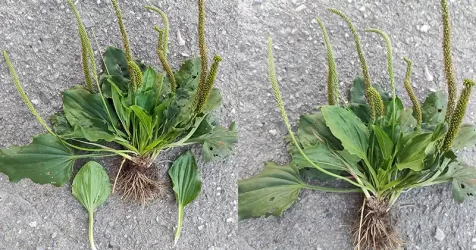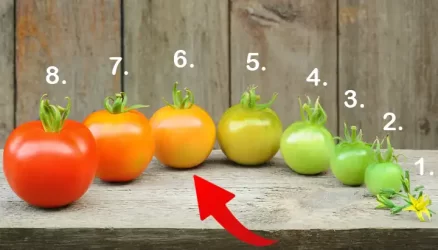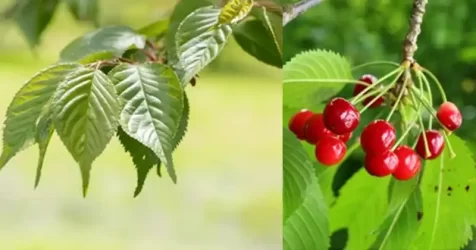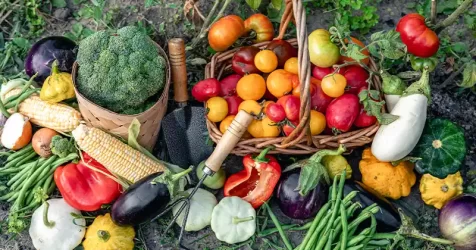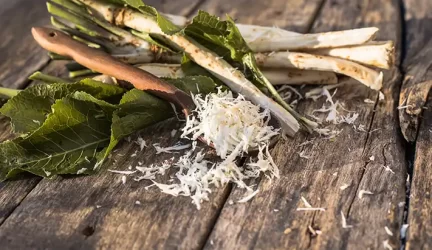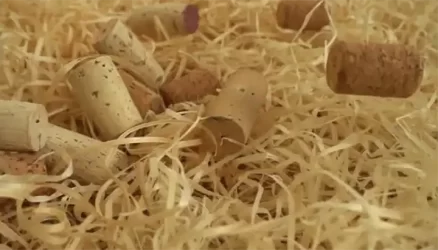How to Pick Lamb’s Quarters/Wild Spinach for Eating
In the vast world of foraging, Lamb’s Quarters, also known as Wild Spinach, stands out as a nutritious and versatile green that can be found in many backyards, gardens, and wild spaces. This article delves into how to identify, harvest, and utilize Lamb’s Quarters, ensuring you can safely add this wild edible to your diet.

Identifying Lamb’s Quarters
Lamb’s Quarters (Chenopodium album) is a common weed that often goes unnoticed, yet it is a powerhouse of nutrients, closely resembling spinach in both taste and nutritional value. Here’s how to recognize this plant:
Leaves:
The leaves are one of the most distinctive features of Lamb’s Quarters. They are light green, sometimes with a hint of purple, and their shape is somewhat diamond or goosefoot-shaped, which is where one of its other names, “goosefoot,” comes from. The young leaves are covered with a fine, white, powdery coating, making them easy to distinguish.

Stem:
The stem of the plant is green or red-striped and tends to be upright, growing anywhere from one to several feet tall, depending on the maturity and conditions of growth.

Flowers:
Lamb’s Quarters will produce small, greenish flowers in dense clusters as it matures. These are less noticeable but become more apparent as the plant reaches its flowering stage in the late spring to early summer.

Seed Heads:
By late summer and fall, the flowers give way to seed heads, which can be harvested for seeds that are similar to quinoa.
Harvesting Lamb’s Quarters
When foraging for Lamb’s Quarters, it’s essential to follow sustainable harvesting practices to ensure that plants continue to grow in the area and that you’re only taking what you need. Here are some tips for harvesting:
- Pick Young Leaves: The young leaves and tips are the most tender and flavorful. These are best for raw consumption, such as in salads or as a spinach substitute.
- Use Clean Scissors: Cut the leaves and tender stems with a pair of clean scissors or pinch them off with your fingers. This method helps protect the plant and allows for regrowth.
- Leave the Plant Standing: Avoid uprooting the whole plant. By leaving the base and some leaves, you’ll allow it to continue growing and possibly harvest again.
- Harvest Sparingly: Only harvest about one-third of a plant’s leaves to ensure it can continue to photosynthesize and grow.
Preparing and Using Lamb’s Quarters
Once you’ve harvested your Lamb’s Quarters, it’s time to wash them thoroughly to remove any dirt, insects, or potential pesticides (if you’re not sure it’s grown in a pesticide-free area). Lamb’s Quarters can be used just like spinach:
- Raw: Young leaves are excellent in salads or as a greens addition to sandwiches.
- Cooked: They can be steamed, sautéed, or added to soups and stews. Cooking reduces the oxalic acid content, which is common in many leafy greens and can hinder mineral absorption if eaten in large amounts.
Nutritional Benefits
Lamb’s Quarters is rich in vitamins A, C, and K, along with minerals like calcium, magnesium, potassium, iron, and zinc. It’s also a good source of dietary fiber and protein.
Foraging for Lamb’s Quarters not only connects you with nature but also adds a nutritious and delicious green to your diet. By learning how to identify, harvest, and prepare Lamb’s Quarters, you unlock the potential of this wild edible. Happy foraging!


